
Monitoring Water Quality in Zambezi River:
YSI EXO2 Instruments Key to Discovering Environmental Impact
Kariba Dam stands impressively, stretching 579 meters wide across the Zambezi River, a major African waterway. Rising 128 meters tall and 24 meters thick, this sweeping concrete wall creates the world's largest reservoir, generating 1,830 MW of electricity for both Zambia and Zimbabwe.
Beneath its awe-inspiring exterior, lies an intriguing discovery. Researchers from ETH Zurich, led by Elisa Calamita and Bernhard Wehrli, revealed that this supposedly "clean" hydropower project releases 18,000 to 35,000 metric tons of carbon dioxide annually. This environmental impact is equivalent to burning 36,500 to 73,000 short tons of coal, as per the U.S. Environmental Protection Agency's greenhouse gas calculator.(Based on a greenhouse gas calculator created by the U.S. Environmental Protection Agency, this is comparable to burning 36,500 to 73,000 short tons of coal in terms of carbon emissions.).
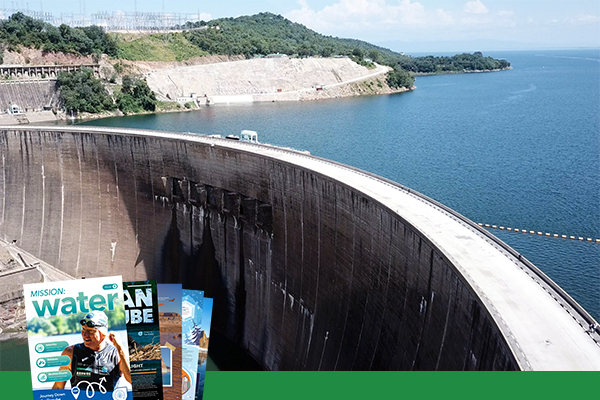 |
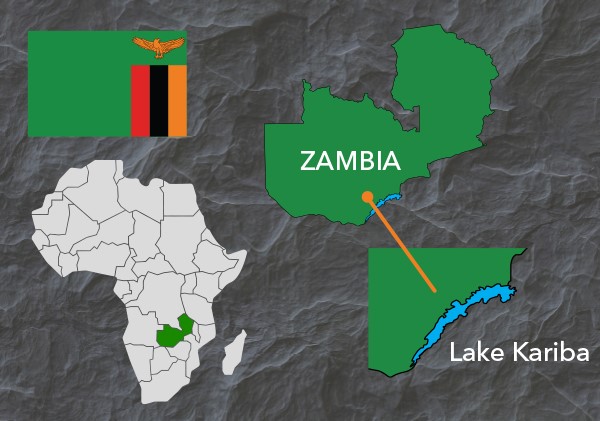
|
The team's year-long continuous monitoring study of Lake Kariba reservoir and the downstream Zambezi revealed significant seasonal and daily carbon dioxide emissions fluctuations. These findings underscore the need for precise estimation to assess the true environmental impact, particularly concerning emissions from lakes, reservoirs, and hydropower projects.
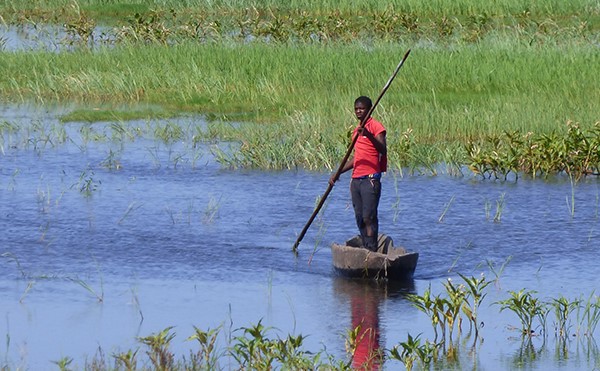
Water quality Implications
The decomposition of organic matter in deep lakes and reservoirs releases carbon dioxide (and occasionally methane) into the water. Some of the carbon dioxide escapes to the atmosphere from the water's surface, while the rest remains dissolved, especially in colder layers. Seasonal temperature fluctuations cause reservoir stratification, leading to sudden, significant emissions of long-dissolved carbon dioxide into the air. Additionally, turbine intakes drawing water from reservoir depths can result in either carbon dioxide-rich cold water or relatively mixed and low-carbon dioxide flow.
Estimating emissions accurately in lakes and reservoirs poses challenges due to their dynamic nature. Manual measurements often miss critical fluctuations. Utilising advanced tools like the YSI EXO2 Multiparameter Sondes, which this study employed, long-term, automated data gathering becomes crucial in capturing seasonal variations and hourly cycles related to operations, unveiling "carbopeaking" events.
The ETH Zurich research team emphasises the urgency of more accurate assessments of carbon release estimates from hydropower facilities. With over 58,000 dams taller than five meters worldwide and nearly 3,700 hydropower dams in construction or planning stages, comprehending and mitigating carbon emissions from such projects is paramount for environmental preservation and water quality protection.
Graphic adapted from Calamita et al. 2021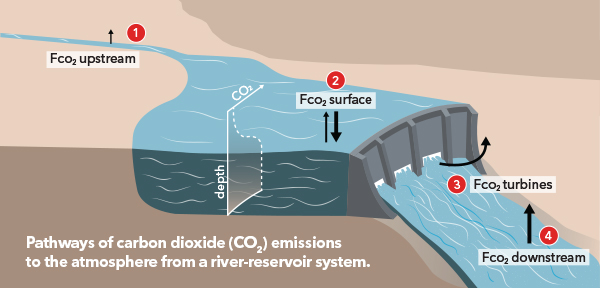
The Chisamu War: A watershed moment for environmental impact and water quality
Kariba Dam has previously garnered significant attention. Its construction, starting in 1955, was lauded for its size and the promise of electricity for Zambia and Zimbabwe. However, it came at a cost—the displacement of 57,000 Tonga inhabitants of the Gwembe Valley, transformed into Lake Kariba.
In 1958, Tonga warriors confronted constables of Northern Rhodesia (now Zambia) in protest against the forced relocation, capturing global news coverage. The situation escalated into violence, resulting in eight Tonga fighters losing their lives, marking the infamous Chisamu War.
This historical event serves as a stark reminder of the complexities surrounding large-scale development projects and the importance of considering environmental consequences and preserving water quality in such endeavours.
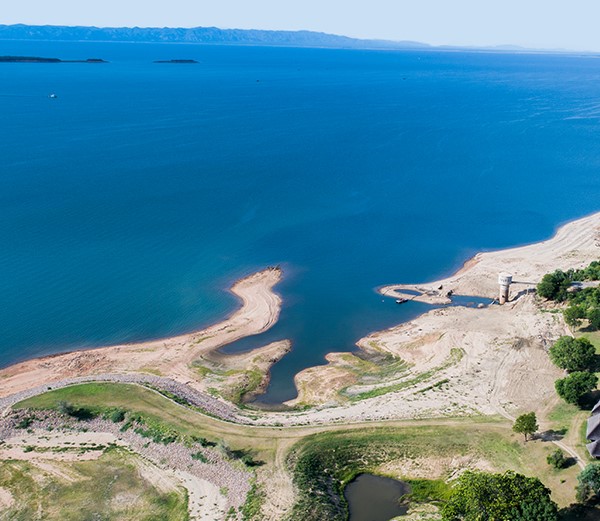
Key tool: YSI EXO2 Sondes revolutionise water quality monitoring
The YSI EXO2 Multiparameter Sondes proved indispensable in the discovery and measurement of carbopeaking events. Equipped with sensors for temperature, conductivity, pH, and dissolved oxygen, each sonde continuously gathered data every hour for nearly a year.
Research scientist Scott Winton emphasised the significance of these sondes, stating, "Without the high-frequency data provided by these instruments, our study would not have been possible. The ability to capture hourly data over an extended period allowed us to address critical questions, particularly in the realm of hydropower, where high-frequency data is essential for a comprehensive understanding of the process. These automated sensors enabled us to coin the term 'carbopeaking' and share our findings."
Having already utilised YSI sondes during his doctoral research at Duke University, Winton praised their efficiency in providing instantaneous information on various parameters. He recalled, "My PhD supervisor stressed the importance of using YSI sondes due to their ability to effortlessly provide a wealth of information. In contrast, traditional methods involved laborious sample collection and lab analysis for data retrieval."
Furthermore, the team calculated carbon dioxide levels based on the pH and conductivity values in the EXO2 data sets. Winton explained, "By understanding the balance between CO2 and bicarbonate in water, which depends on pH, we could back-calculate the CO2 component. The high-frequency data set enabled us to determine the concentration of CO2, revealing significant carbon emissions from the dam and evidence of carbon leakage."
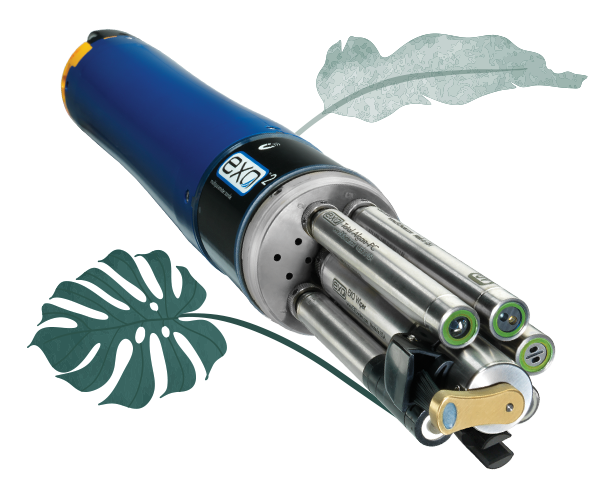
|
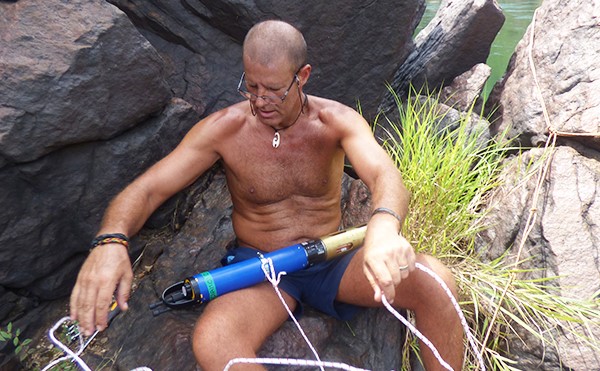
|
In addition to CO2, the researchers observed substantial methane emissions bubbling up from the oxygen-depleted lake bottom. Winton noted that tropical dams often experience this phenomenon due to the accumulation of organic matter, resulting in methane production and subsequent emissions into the atmosphere.
Conducting their study along the Zambezi, its tributaries, and Lake Kariba, the ETH Zurich scientists gathered carbon dioxide level measurements at 17 locations. Water samples were analysed back at their Swiss lab for carbon dioxide and methane content. YSI handheld instruments facilitated on-site measurements of temperature, dissolved oxygen, conductivity, and pH, enabling them to assess water quality and environmental conditions in various locations.
The fieldwork, however, presented potential hazards, particularly from crocodiles and hippos. Winton and his team learned to exercise caution while working in the area, as these creatures can pose significant risks, especially during water-related activities.
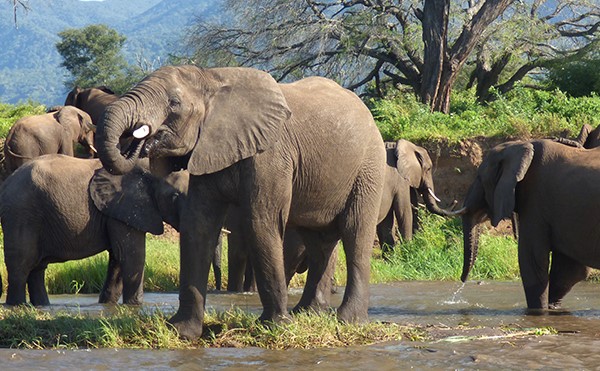
|
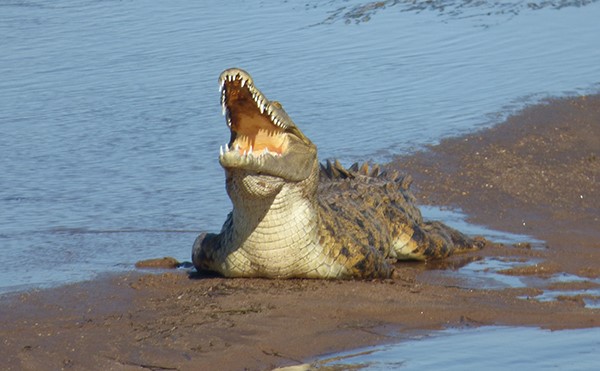
|
In summary, YSI EXO2 Sondes revolutionised water quality monitoring, playing a pivotal role in unearthing the dynamics of carbopeaking events and shedding light on critical environmental implications. The team's study holds relevance not only for Zambezi but also for global efforts to understand and address carbon emissions from hydropower facilities.
Design lessons for enhanced water quality and environmental impact assessment
Long-term in situ water quality monitoring emerges as a powerful tool to prevent significant carbon leakage from future dams. Winton highlights the importance of selective withdrawal systems as a critical strategy to reduce CO2 discharges from stratified reservoirs.
"For new dams or retrofitting existing ones, understanding the water source is essential," he advises. "Implementing infrastructure to monitor oxygen content in deep and shallow waters, along with tracking the thermocline's height, and utilising an intake system to select water depth, can mitigate the issue. By prioritising surface water or a combination of surface and deeper water when deep water is anoxic, we can aid in water re-oxygenation or dilute carbon content."
While Winton's research now focuses on tropical peat wetlands in Latin America at Stanford, he anticipates encountering similar challenges of carbon leakage from tropical dams. Emphasising the significance of a multidisciplinary approach, the discoveries made in the Zambezi Basin shed light on reservoir processes across numerous dams, guiding decision-makers in assessing hydroelectric power's environmental impact.
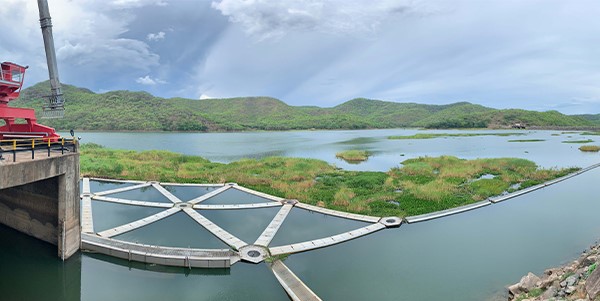
|
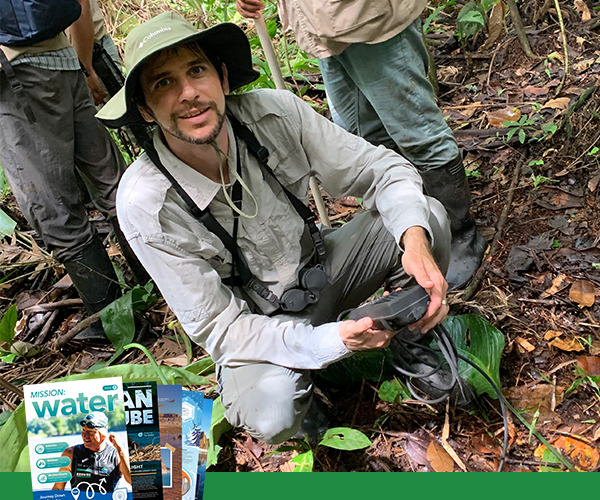
|
"When we embarked on our study in Zambia, our question was broad: 'What is the current state of water quality in this basin, and what threats does it face? How will dams impact it?'" Winton reflects. The answers hold profound implications for understanding reservoir dynamics in thousands of dams and driving advancements in evaluating hydroelectric power's environmental consequences.
Discover the YSI EXO2 Multiparameter Sondes on Lab Unlimited's website for precise carbon emissions data in hydropower projects. These tools allow automated data collection for crucial insights into seasonal fluctuations. Act now to safeguard our environment as hydropower projects multiply worldwide.
|
To Find Out More: |
